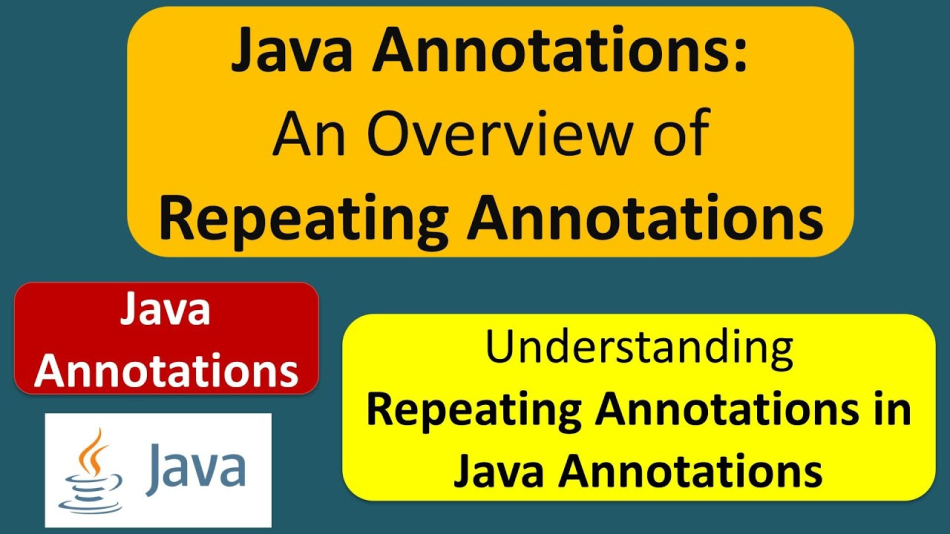Using @Formula in Hibernate: A Comprehensive Guide with Best Practices, Code Examples, and Results

Techniques for Using Repeat Annotation in Java: Unlocking Its Power with Code Examples and Demos



Become better at technical writing; accept Hashnode's writing challenge for four weeks.

Share your story, achievements, or experiences as a woman, non-binary folk in tech or as a #WomenWhoTech ally!

Publish your first article on Hashnode and become a self starter!

Publish an article every day for 7 days and earn a cool serial blogger badge!

Write a story that drives amazing engagement on Hashnode and become the talk of the town!

Write an in-depth article on your Hashnode blog that's more than 2000 words and become a word warrior!
